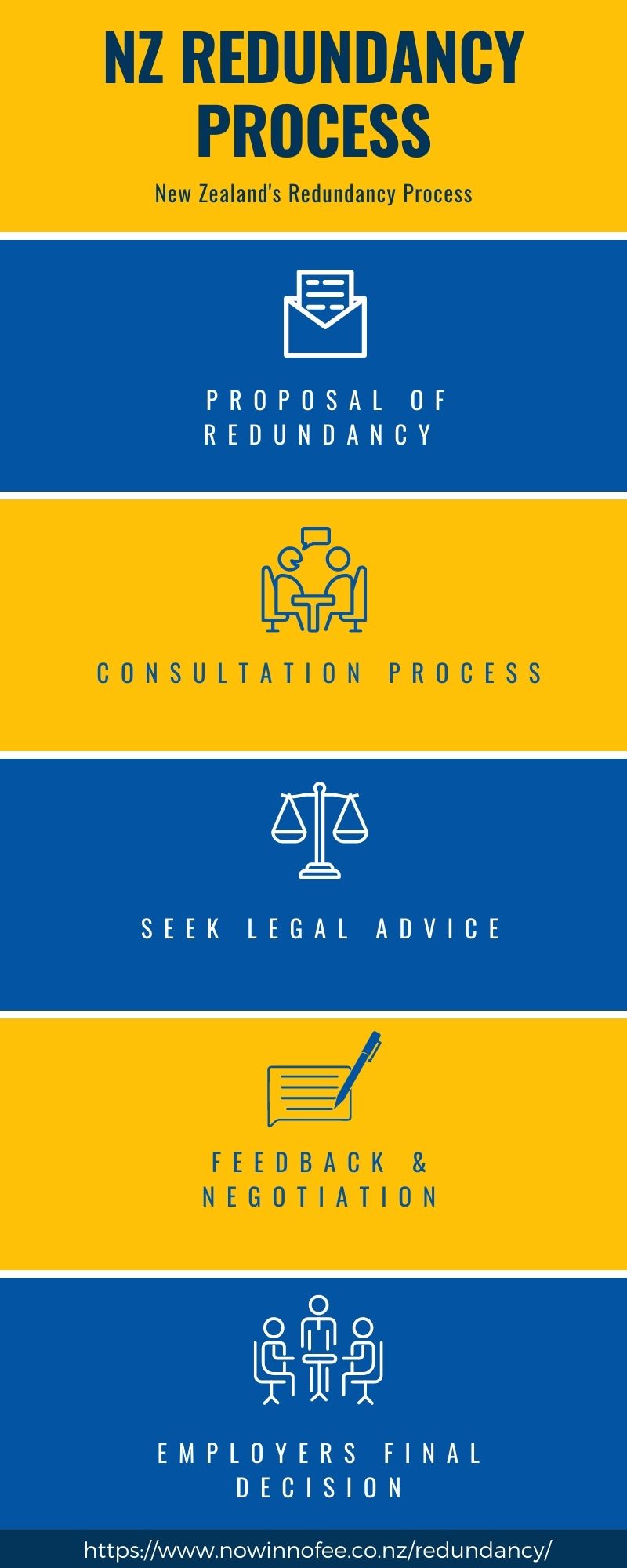Who Pays Redundancy Money? Understanding Employer Responsibilities in the UK
Who Pays Redundancy Money? Understanding Employer Responsibilities in the UK
Blog Article
Checking Out the Interaction Between Business Redundancy and Organizational Adaptability for Future Growth
In the vibrant landscape of today's business world, the complex partnership between firm redundancy and organizational adaptability arises as an important aspect for continual growth and success. Companies commonly encounter the difficulty of striking a fragile balance in between preserving a level of redundancy to reduce threats and promoting flexibility to respond promptly to the ever-evolving market demands. This delicate interaction holds the vital to not only surviving in turbulent times however likewise growing when faced with unpredictability. As we explore the diverse measurements of this interplay, appealing understandings into just how companies browse these complexities to lead the way for future development wait for.
Importance of Firm Redundancy
Firm redundancy is a critical aspect that improves organizational durability and minimizes operational dangers. By including redundancy procedures within the organizational framework, companies can better endure unexpected interruptions and variations in the company atmosphere. Redundancy works as a calculated barrier, allowing firms to adjust and respond efficiently to unanticipated challenges without endangering vital procedures.
One secret element of the relevance of business redundancy is its function in making certain continuity throughout times of situation. When confronted with unexpected changes or emergency situations, redundant systems, resources, or personnel can step in to maintain vital features and stop extensive disruptions. This continuity not only safeguards the firm's online reputation and client trust fund yet also lessens financial losses and operational downtime.

Techniques for Organizational Flexibility

Developing versatile organizational frameworks that allow for quick adjustments to market dynamics and consumer requirements is vital for staying affordable in a swiftly evolving setting. By proactively identifying prospective interruptions and possibilities, organizations can proactively thrive and adapt in an ever-changing organization landscape.
Harmonizing Redundancy and Versatility
Accomplishing a harmonious stability in between functional redundancy and business adaptability is extremely important in navigating the complexities of a dynamic company setting. Redundancy within a business provides a security web, ensuring connection and stability in operations. Nevertheless, an excess of redundancy can bring about inefficiencies and hinder adaptability to altering market problems. On the other hand, organizational adaptability permits firms to respond immediately to external interruptions check and seize new opportunities. Striking the helpful resources best balance between redundancy and adaptability is a fragile procedure that calls for a deep understanding of the company's goals, industry characteristics, and threat resistance.
To achieve this balance, business require to carry out routine evaluations of their operations to recognize areas where redundancy is necessary for risk mitigation and where adaptability can drive advancement and growth. Executing flexible structures, fostering a society of continuous discovering and improvement, and encouraging open communication throughout all degrees of the organization are key strategies to integrate redundancy and versatility successfully. By lining up these two crucial aspects, firms can place themselves for lasting development and success in an ever-changing service landscape.
Study on Adaptation Success
In checking out instances of successful organizational adaptation, it comes to be evident that the interplay in between operational redundancy and flexibility is a defining factor in shaping resistant businesses. One engaging study is that of Netflix. Originally a DVD rental service, Netflix showed remarkable adaptability by transitioning right into a streaming platform when digitalization disrupted the market. By purposefully buying innovation and material development, Netflix not just flourished but endured in a swiftly evolving market. Another standout instance is Amazon. Starting as an online book shop, Amazon continually adjusted its company design, increasing right into varied industries such as cloud computing and expert system. This versatility enabled Amazon to remain ahead of rivals and meet changing customer needs. Lastly, Adobe offers a significant image of successful adjustment. The firm shifted from selling software application licenses to a subscription-based version, making sure persisting profits streams and improved consumer involvement. These his response study underscore the importance of functional redundancy combined with business versatility in promoting long-lasting development and competitiveness.
Structure Durability for Future Growth
Structure strength for future growth needs a tactical alignment of operational processes with market characteristics and emerging fads. Business should adjust to changing environments by promoting a culture of adaptability, development, and continuous enhancement.
Moreover, promoting solid connections with stakeholders, such as consumers, staff members, vendors, and the neighborhood, is vital for keeping and weathering unpredictabilities count on and assistance during stormy times. Efficient interaction and transparency play an important role in structure resilience, as they assist help with and straighten expectations partnership in navigating unpredictabilities.
In addition, organizations need to prioritize learning and growth efforts to upskill workers and furnish them with the essential tools to adjust to transforming scenarios. By spending in their workforce, business can improve their flexibility and dexterity, inevitably reinforcing their strength for lasting future development.
Verdict

In the dynamic landscape of today's service globe, the elaborate partnership in between firm redundancy and organizational adaptability emerges as a critical element for continual growth and success. Firms typically deal with the difficulty of striking a delicate equilibrium in between maintaining a level of redundancy to minimize risks and fostering adaptability to respond promptly to the ever-evolving market demands.To achieve this equilibrium, business need to perform normal analyses of their procedures to determine areas where redundancy is required for danger reduction and where adaptability can drive advancement and development.In verdict, the interaction between business redundancy and organizational adaptability is crucial for future development. Structure strength through a mix of redundancy and flexibility will certainly ensure that firms are prepared for the difficulties of the future.
Report this page